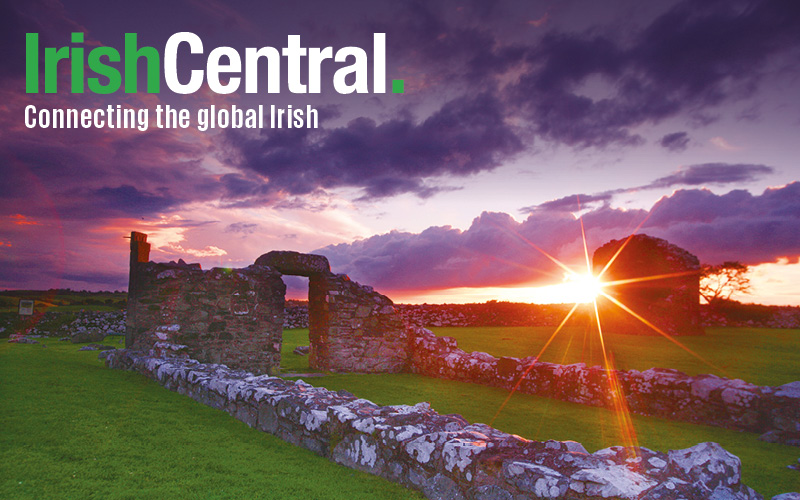Vampires are so hot right now.
We’ve got teenagers (and plenty of adults) swooning over “Twilight” vampire Edward Cullen (played by Robert Pattinson), while the older crowd is going nuts for HBO’s hit vampire series “True Blood.”
The latest resurrecting of the undead comes with the news that another remake of “Buffy the Vampire Slayer” is in the works. The film is in its early stages, but rumor has it producers are gunning for it girl Megan Fox to play the title role.
So what does all this buzz about vampires have to do with Irishness?
A lot, actually.
As Philadelphia Examiner’s Irish-American community writer Tara Meacham points out: “It's an Irishman to blame for all this hype.”
That Irishman is Dubliner Bram Stoker who wrote the classic novel “Dracula” in 1897, introducing the world to the now iconic conception of the modern day vampire.
Meacham explains how Stoker used his Irish storytelling abilities, combined with preying on the fears of repressed Victorians, to boost the cultural appeal of the vampire.
Another writer, Irish-American Anne Rice, has also helped increase the prevalence of vampires in pop culture. The author, whose maiden name was O’Brien, brought vampires to the spotlight with her “Vampire Chronicles” series, including the immensely popular “Interview with the Vampire.”
Rice’s Irishness influenced her work. After all, according to Rice biographer Katherine Ramsland, her father was “a son of the Irish Channel” in New Orleans and her mother “came from an old and respected Irish family.”
It’s been argued that her vampiric character Lestat (Tom Cruise played him in Irish director Neil Jordan’s “Interview with the Vampire”) is stereotypically Irish as “the irresistibly charming canny outsider; the compulsive sinner with an addictive thirst.”
Vampire tales in pop culture have been explicitly Irish as well.
In the television series “Buffy the Vampire Slayer,” the vampire Angel (played by David Boreanaz) is shown in a flashback to have been made a vampire in Ireland, and the Irish Claddagh ring played a big role in the vampire’s life.
The Irish roots of vampires trace back as far as ancient Celtic Ireland.
Dearg-due (or Dearg-dur), the “Red Blood Sucker” is the most famous Irish vampire in Celtic myth. The creature is described as a beautiful female who rose from the grave several times a year and terrorized men around Ireland. She would seduce her victims by hypnotizing them with a dance, and then would feed on their blood. The Irish vampire could only be defeated by building a cairn of stones over her grave.
Another mythological Irish vampire is Dreach-Fhoula (or Dreach-Shoula), which means “bad” or “tainted blood.” This creature was a blood-drinking, shape-shifting fairy, and is thought to have been an inspiration for Bram Stoker’s Dracula.
But, as with all vampires, the Irish blood sucking creatures had a deeper meaning. The sucking of blood has strong cultural implications, from expressions of sexuality to xenophobia, but for the Irish, it is believed to refer to “blood feuds” between Irish families and clans.




Comments